The Orb's 25th anniversary show (with System 7)
The Forum
Kentish Town, London
19th October 2013
I waited twenty-five years to have the full-experience of post-'88 electronic dance music, and I think I picked the right night! I was offered a free ticket to this a few weeks ago, out of the blue, by Dave "Tin Man" Sheppard, a lovably eccentric Kentish philantropist who's appears to be deeply connected into the whole "Gong Global Family" (a lot of names getting mentioned in conversation, rather than "dropped") and known for turning up at gigs dressed as the Tin Man from The Wizard of Oz. He's come along to a couple of the woodland gigs I've organised and loved them. He also puts on gigs at a loss, just for the sake of getting certain bands and audiences together in certain places because it's a good thing to do, and sees me as being on a similar wavelength. So I happily accepted his gift, as I have fond memories of hearing The Orb's twenty-minute opus magnum "A Huge Ever Growing Pulsating Brain That Rules from the Centre of the Ultraworld" on John Peel in '89, and I've always got time for Steve Hillage's music (even in techno form à la System 7) and his commitment to the "transcendental power of pure sound", as Sally Potter recently stated of Lindsay Cooper (Steve, Lindsay and Chris Cutler from Henry Cow shared a house in London at one point, incidentally).
I quite enjoyed the experience of queueing outside prior to the 10pm door-opening time — a lot of people mostly my age (plus a few older heads and younger ravers) in noticeably "lived in" bodies of various shapes and sizes, much good cheer, people reminscing about seeing The Orb with Primal Scream back in '92, etc. After an absurd exchange with someone on the door who was hestitating to let me in due to a lack of ID proving I was over 18(!) I was inside and dancing for a couple of hours to DJ Nick Manasseh's reggae set. He's a Notting Hill Carnival veteran going back to the 80s, the perfect selecter to take us on a journey from scratchy old rocksteady singles through 70s roots and dub and into the realm of digital reggae. He was joined for a while by an MC (or, in the Jamaican sense "Deejay") who made up for what he lacked in enunciation with stage presence and a rhythm sharp as West African hand-drumming. I didn't catch his name, but at one point he dropped in a quick mention that the last time he'd been on that stage was "a long time ago, with Joe Strummer", so obviously he was of some significant lineage. Nice vibes, the space filling out with dancing people. An ultra-good-nature crowd, too, where anyone who bumps into you, however lightly, acknowledges you with an apologetic gesture, and it becomes a fleeting moment of friendly contact..
The Orb were just magnificent. Two silhouetted figures, no hype on the mic, in fact not a word spoken, there was no need for it. Just a little sihouetted "goodbye" wave from Dr. Paterson as their logo re-appeared on the screen behind them, signalling their set was coming to an end (very sweet, no need for an encore). Despite elements of edginess in some of their output, there's an overriding gentleness and good humour about The Orb, and looking back, I realise that I recall their late 80's emergeness with fondness, despite not having kept up with them or given them much thought for many years. As with Steve Hillage and Miquette Giraudy of System 7, I felt that I could trust these people with my nervous system (which I just don't feel with who- or whatever's behind the great majority of anonymous psy-trance, dubstep or other trance-inducing electronic music these days).
I let myself go into the immersive audio-visusal environment, one which they'd created to a stunningly high level of aesthetic detail and coordination. The sound, decor, projections, coloured spots and sweeping multi-coloured laser arrays collectively amounted to so much more than just a spectacle or "entertainment event". I felt as if I were suspened inside a giant and deeply beautiful work of art (which included and integrated the dancers, the duo behind the music, and all the audio-visual elements I mentioned), that I was in the presence of genuine artists. I recognised a few passages and samples (lovely to hear Minnie Riperton again), but anything recognisably from their past seemed to be being reconstructed live in a completely new and leading-edge sort of way — nothing sounded in anyway dated. It wasn't the kind of 25th anniversary gig where past glories were being relived. Hillage joined them for the part of the set that most resembled "Blue Room" (their collaboration where his guitar is so processed you mostly can't tell which bit of the sound it's making!).
Reading about them later, I was reminded that the original Patterson-Cauty version of The Orb invented the whole "chill out zone" thing in dance culture, before there was any music being made in an associated genre. They operated out of a popular London club in the earliest rave days, their ambient room eventually becoming more popular than the dance room. As there was no "ambient house" or any of that kind of music which they helped birth, they had to used what they could find, e.g., dub, cosmic soul, sound effects, and Hillage/Giraudy's seminal Rainbow Dome Musick...which is how Steve and Miquette found their way into the dance scene.
I've spent years hanging around the fringes of various bits of what gets called "rave culture", watching the various subculural mutations with some interest, but never really participating. Many branches of that tree look rather unhealthy to me these days, but this Orb/S7 branch represents a certain purity of intent that has persisted from the very beginning.
I watched The Orb from about halfway back, in an elevated area next to the sound desk, behind a rail, but found myself making my way to near the front for System 7. There was enough room to move, the sound was ultra-crisp, their projections were gorgeous — a perfect 2013 analogue of a 1967 San Francisco ballroom liquid lightshow, harnessing the last 45 years of technology to make an even more far out visual display to play in front of. Identical intention to the '67 SF innovators, but nothing in any way retro about these visuals. Still organic, like the old stuff was, but more overtly mathematical, and hence seemingly having progressed in some sense. Think "God's screensaver" and you'll get the general idea.
Steve's guitar is generally processed beyond any recognisable guitar sound, and is used to create trippy counter-rhythms as well as subtle melodic textures. But occasionally the '70s guitar sound emerged and he blessed us with a little burst of bejewelled Gongishness. Miquette gleefully worked the machinery beside him, grooving away while tapping and tweaking various consoles and seemingly bringing a truly human dimension into what generally lacks it. It's worth bearing in mind that she's been doing this stuff continually since about fifteen years before the current wave of hip young electronica producers were even born. And seemingly loving every moment of it.
Rather than imitating a seamless DJ mix, they played a sequence of pieces which were joined by a few seconds of descent into a beat-less psychedelic vortex (they do it so well!), and then the next beat kicking in at just the right moment, sending a wave through the crowd. Pretty impressive how they kept the energy up, not a moment of slack or let-up. I danced ecstatically until the 4am curfew, at which point the crowd clearly wanted it to keep going for hours, and I just wanted to give them big hugs in appreciation for how much of themselves they'd given, as they left the stage beaming.
Out on the pavement in front of The Forum at 4am, the Tin Man announced that we, the entourage, were going to be following a particular friendly-looking party-person to a warehouse party somewhere in Camden where we could take refuge until the first train back to Kent. The walk there was hilarious (the Tin Man has a completely disarming effect on everyone who meets him, so you feel completely safe with him, even walking backstreets in London at 4am). We got there in the end, and this party turned out to be quite a bit gnarlier than where we'd been. The demographic was about half the average age, music much faster and more aggressive, a more chaotic, intoxicated atmosphere, the decor (which actually had been done quite well, for underground standards) naturally looked quite shoddy compared to the high-budget version The Orb had shelled out for.
And we had to negotiate to get in for a reasonable price. That's part of the culture, it seems (unlike mainstream capitalist-based entertainment). And it did strike me as an emergent "folk" culture: the music was anonymous, not commodity-based (being generated live via laptops and consoles, rather than records being DJ'd) and it was music for dancing, no celebrities or "performers" ... the crowd struck me as fairly classless, and this, importantly, was not an event superimposed on the city by a money-making promotions operation, but rather something welling up from "the people" (or at least a small but proactive slice of "the people"). I stuck around there for a couple of hours, not connecting with the music enough to get into dancing, happy just to observe, before heading back to Victoria to get my coach. On the way up to London and back home I was reading parts of Chris Cutler's File Under Popular (essays on folk music, "art" music and "popular" music, analysed in terms of class struggle, etc.) which gave me a lot to think about in the light of what I'd just experienced.
















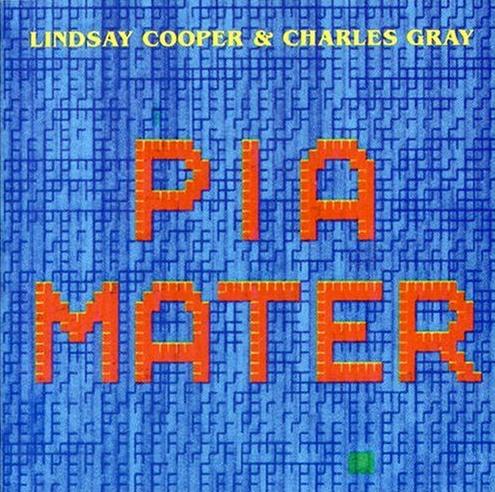




































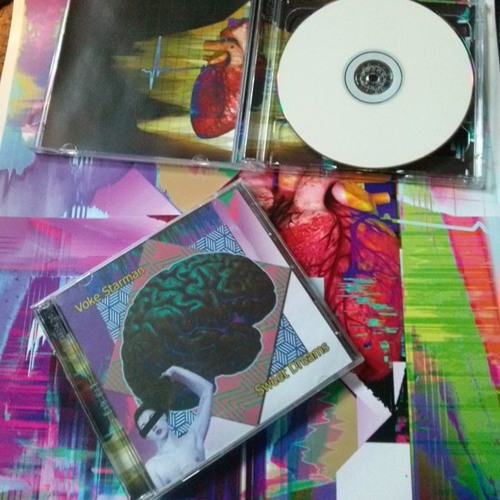



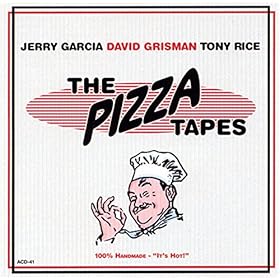

























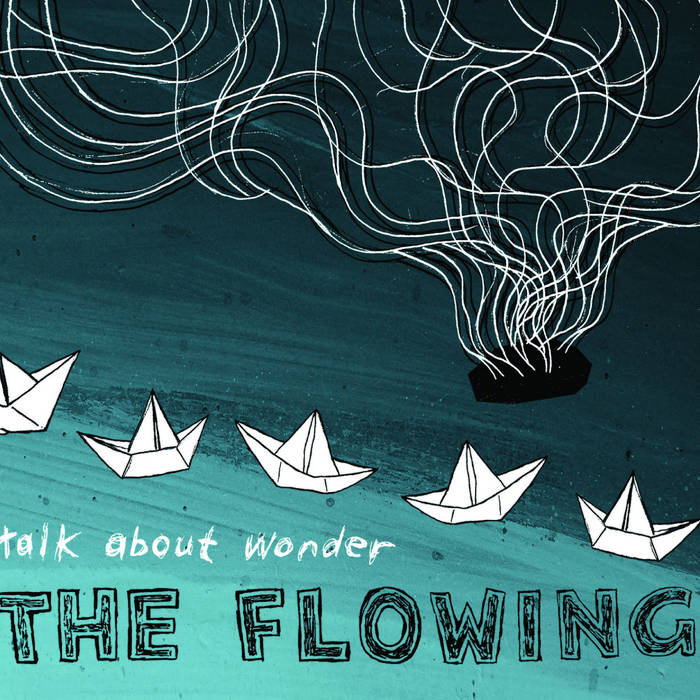












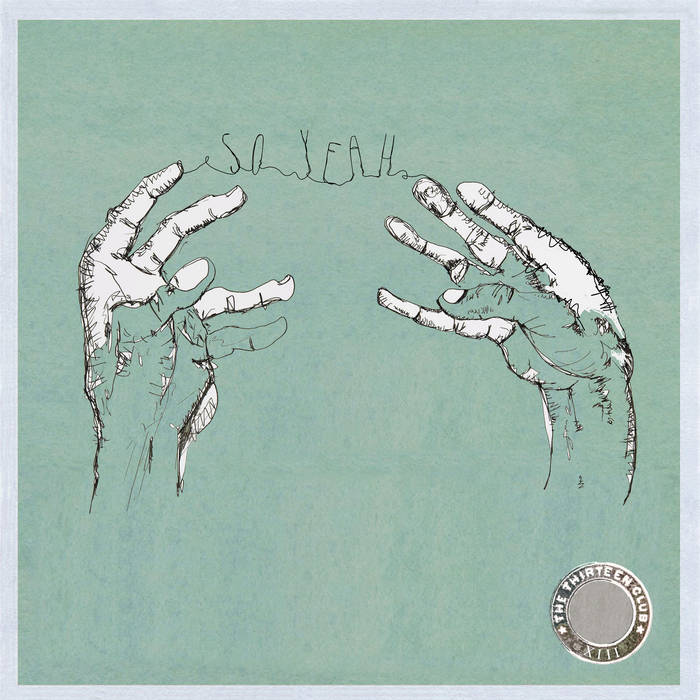







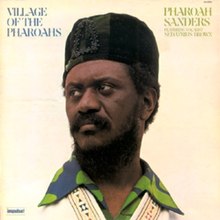







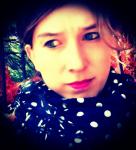



































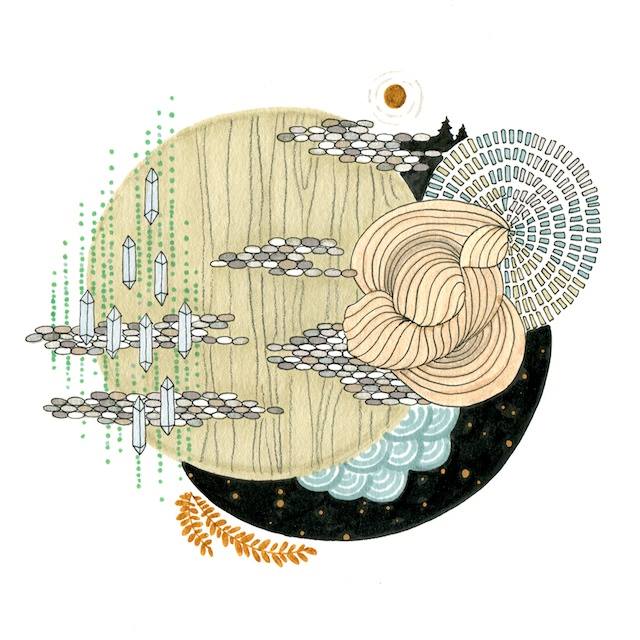





































































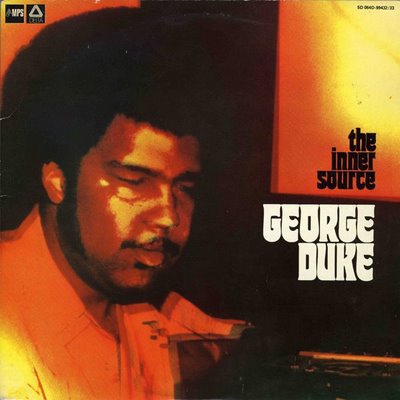












































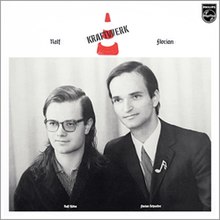


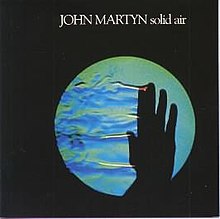




































































































































































































































































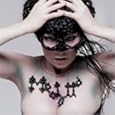














































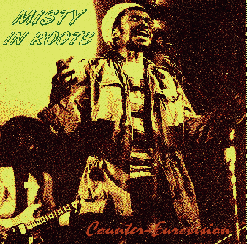





















































































































































































































































































































0 Comments:
Post a Comment
<< Home